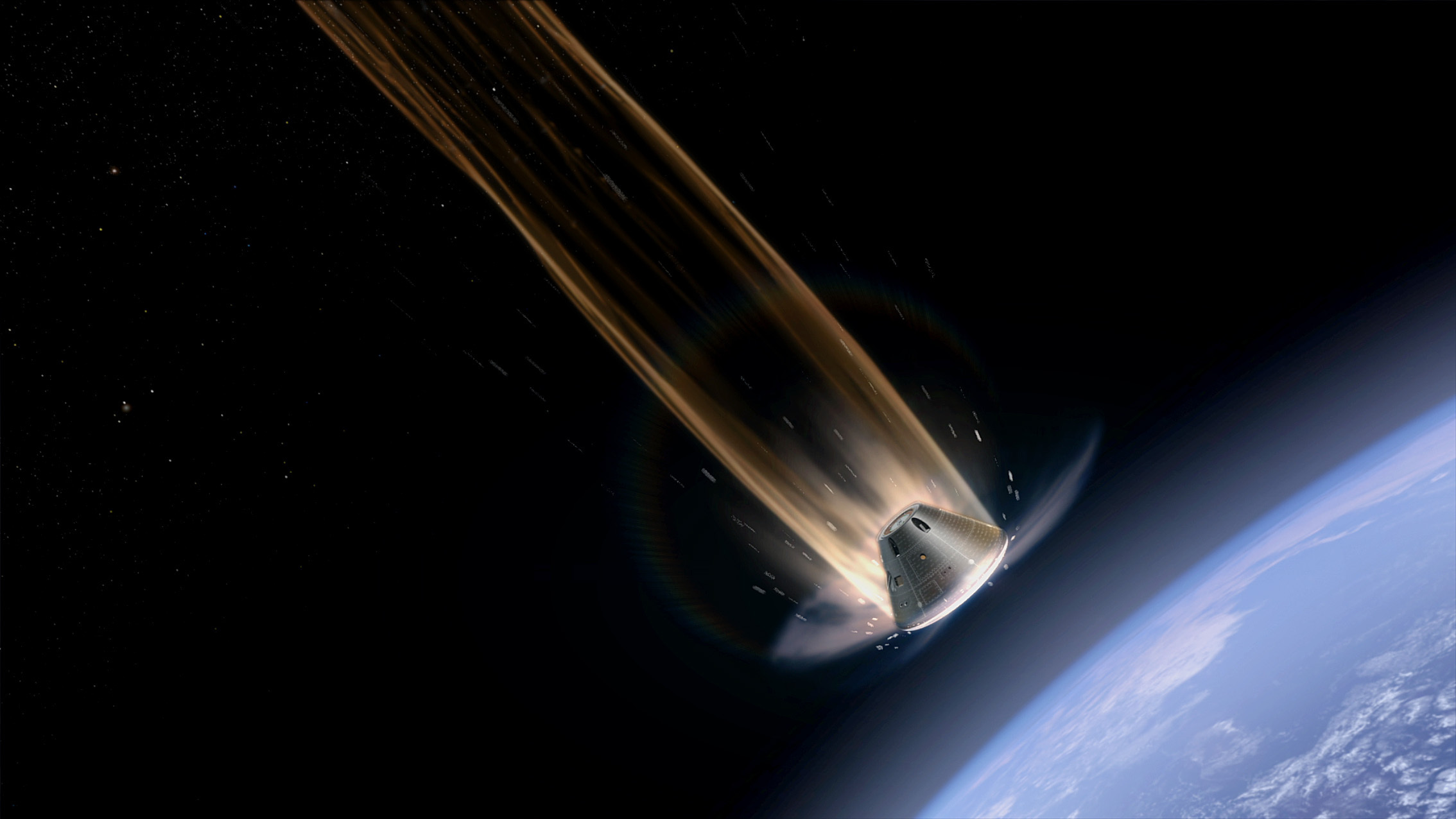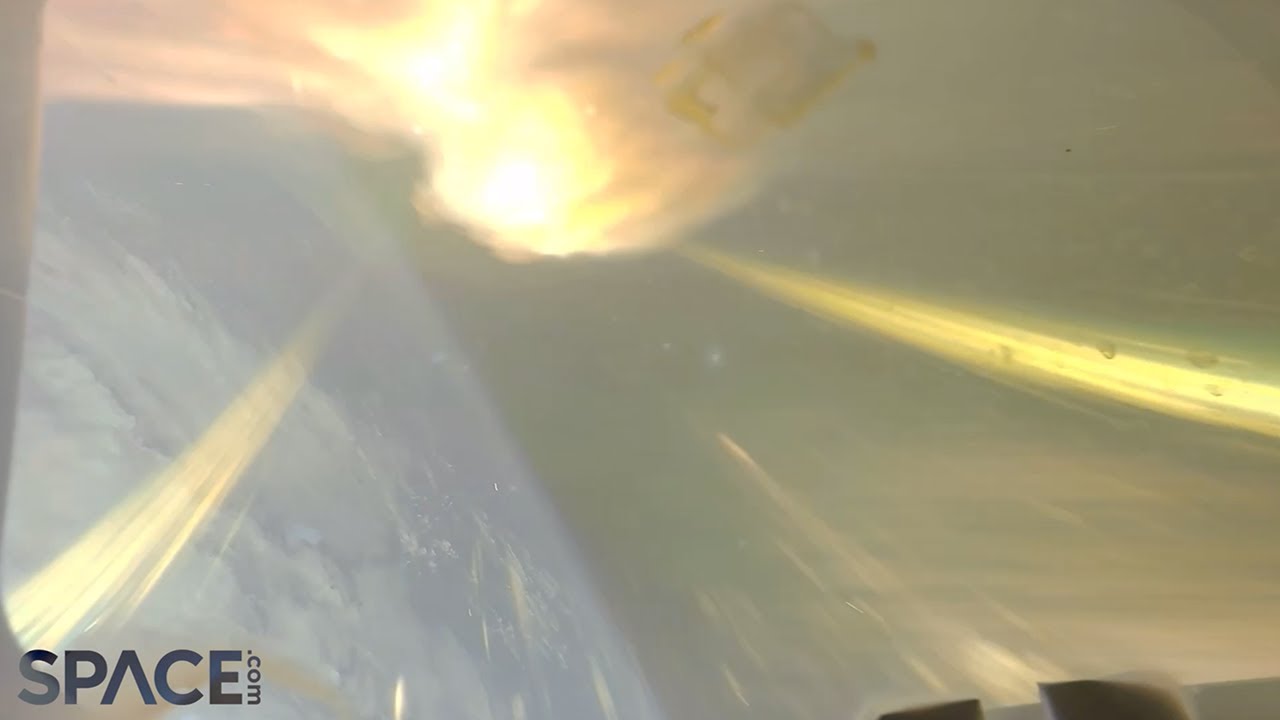NASA Reveals Video Of Orion's Earth Re-Entry At 32 Times The Speed Of Sound
Experience the thrill of Orion's Earth re-entry through NASA's stunning footage, showcasing the spacecraft's historic plunge into our atmosphere at unprecedented speeds.
Author:Paula M. GrahamReviewer:Hajra ShannonDec 15, 20232.2K Shares60.6K Views

In an awe-inspiring display of technology and precision, NASA has recently shared footage that has left viewers around the world captivated. The video, captured during the Artemis 1 mission, showcases Orion's Earth re-entryat an astonishing speed of 11 kilometers per second, over 32 times the speed of sound. This remarkable event marks a significant milestone in space exploration and the future of human space travel.
Orion's Groundbreaking Mission And Technological Marvel
The uncrewed Artemis 1 mission, launched in November last year, was a pivotal test for NASA's massive Space Launch System and the Orion spacecraft. It aimed to pave the way for future manned missions to the Moon and Mars. For 25 days, including six days in lunar orbit, Orion journeyed through space, capturing its experiences through 16 onboard cameras.
Upon re-entering Earth's atmosphere, Orion experienced intense heating, creating a plasma wake as it underwent a 'skip' re-entry, a maneuver resembling the skipping of a stone across a lake.

See the Artemis 1 spacecraft's fiery Earth re-entry in amazing time-lapse
Aerospace engineer Chris Combs, from the University of Texas at San Antonio, closely associated with NASA, elaborated on the details. "The chunks are not the 'ablative' heat shield. It doesn't come off [in] chunks, more of a continuous burning. Those bits I believe are the low emissivity tape that wrapped Orion," Combs explained.
He also noted, "The sudden changes and plumes are control thrusters firing," and that the clicking and thumping sounds heard in the footage are the valves operating these thrusters.
Orion's journey concluded with a parachute-assisted splashdown in the Pacific Ocean on December 11, 2022. This mission not only tested the spacecraft's endurance and capabilities but also trialed a new re-entry technique. Chris Madsen, Orion's guidance, navigation, and control subsystem manager, had previously stated, "The skip entry will help Orion land closer to the coast of the United States, where recovery crews will be waiting to bring the spacecraft back to land." This approach ensures a more precise landing, crucial for the quick retrieval of future crews.
The mission's success was marked by multiple firsts. Orion traveled 434,500 kilometers from Earth, setting a record for the furthest a spacecraft designed for human travel has ventured. Additionally, its 'skip' re-entry is a first for a human-rated spacecraft, demonstrating NASA's commitment to safety and accuracy in space exploration.
Looking ahead, NASA is preparing for the Artemis II mission, the first crewed flight of the Orion spacecraft, set for launch in November 2024.
This upcoming mission promises to be another monumental step in human space exploration, building on the success and learnings of Artemis I.
Madsen's anticipation is evident as he said,
“„When we fly crew in Orion beginning with Artemis II, landing accuracy will help make sure we can retrieve the crew quickly and reduces the number of resources we will need to have stationed in the Pacific Ocean to assist in recovery.- Chris Madsen, Orion guidance, navigation, and control subsystem manager
The Orion spacecraft's journey, documented in the 25-minute video, is not just a technological feat; it's a symbol of human curiosity and our relentless pursuit of the unknown. As NASA continues to push the boundaries of space exploration, the world eagerly awaits the next chapter in this exciting saga. The Artemis II mission, with its crewed flight, will undoubtedly add another impressive milestone to humanity's space exploration journey.

Paula M. Graham
Author

Hajra Shannon
Reviewer
Latest Articles
Popular Articles